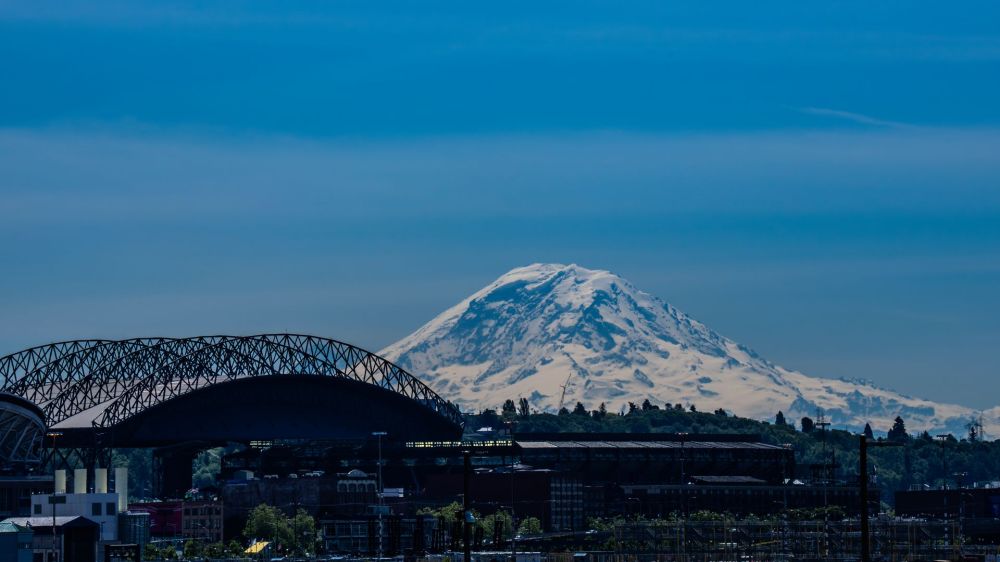- Researchers and scientists are closely monitoring Washington’s Mount Rainier, which has laid dormant for 1,000 years. It was ranked as the third most dangerous volcano in the U.S. by the United States Geological Survey.
- Nearby Mount Saint Helens erupted in 1980, killing 57 people and roughly 7,000 big game animals and destroying 200 homes.
- However, thanks to technological advancements, one geophysicist says that if Mount Rainier is to erupt, scientists will know months beforehand.
Full Story
One of the most dangerous volcanoes in the United States is being closely monitored by researchers and scientists. Washington’s Mount Rainier, located less than 70 miles from Seattle, is the third most dangerous volcano in the U.S., according to the United States Geological Survey (USGS).
“Mount Rainier keeps me up at night because it poses such a great threat to the surrounding communities,” volcanologist Jess Phoenix told CNN host Liv Schreiber, adding, “Tacoma and South Seattle are built on 100-foot-thick (30.5-meter) ancient mudflows from eruptions of Mount Rainier.”
While Mount Rainier hasn’t erupted in 1,000 years, nearby Mount Saint Helens erupted in 1980, killing 57 people, roughly 7,000 big game animals, and taking 200 homes with it. That destruction was largely down to lahars –– volcanic, fast-moving mudflows that can engulf communities in minutes.
What danger does Mount Rainier pose?
Speaking to local media outlet KOMO, USGS research geophysicist Alex Iezzi said, “One of the main hazards at Rainier, is it’s less explosive, but it has a lot of glaciers on top of it that can melt and form these really large lahars that can move downstream into areas people live in.”
Though Seattle could see waves of volcanic ash if the winds were right, it would largely be spared from lava flow or mudflows. However, for nearby communities such as Puyallup and Orting, which sit in the foothills of Mount Rainier, the dangers are much greater.
“There’s a lahar evacuation drill in the areas of Orting and Puyallup … and I think 45,000 people participated [in 2024],” Iezzi said.
Tech advancements allow for real-time monitoring
According to Iezzi, Mount Rainier is “totally at a state of background activity,” so scientists aren’t particularly worried about it. Nevertheless, the USGS Cascades Volcano Observatory monitors the area daily using infrasound and seismic sensors to pick up changes in the land formed by magma as it pushes upward. Likewise, gas sensors can alert researchers to altered volcanic fumes, while GPS sensors track deformities in the ground.
Given all these technological upgrades and real-time monitoring systems, Iezzi told KOMO that if Mount Rainier were to erupt, “we would be able to see it for months in advance.”
The USGS updated its list of the country’s most dangerous volcanoes in 2018. Kilauea in Hawaii ranks at the top, followed by Mount Saint Helens and Mount Rainier. Washington is home to three other active volcanoes, including Mount Adams, Mount Baker and Glacier Peak.
 Getty Images
Getty Images
 Getty Images
Getty Images
 Getty Images
Getty Images